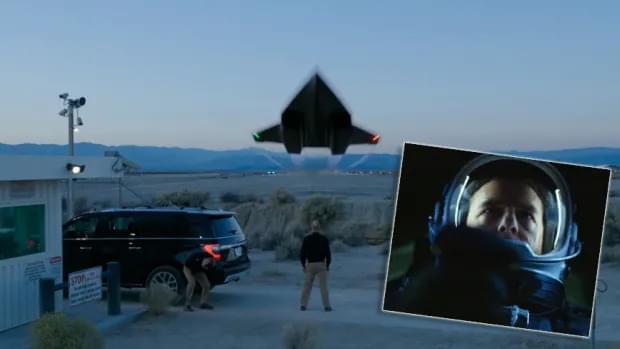A new mechanism that causes cardiac hypertrophy – one of the major drivers of heart disease – has been identified, potentially enabling new treatments to be developed.


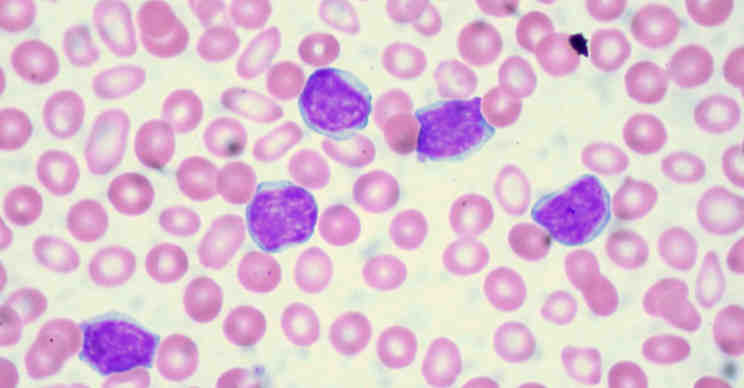
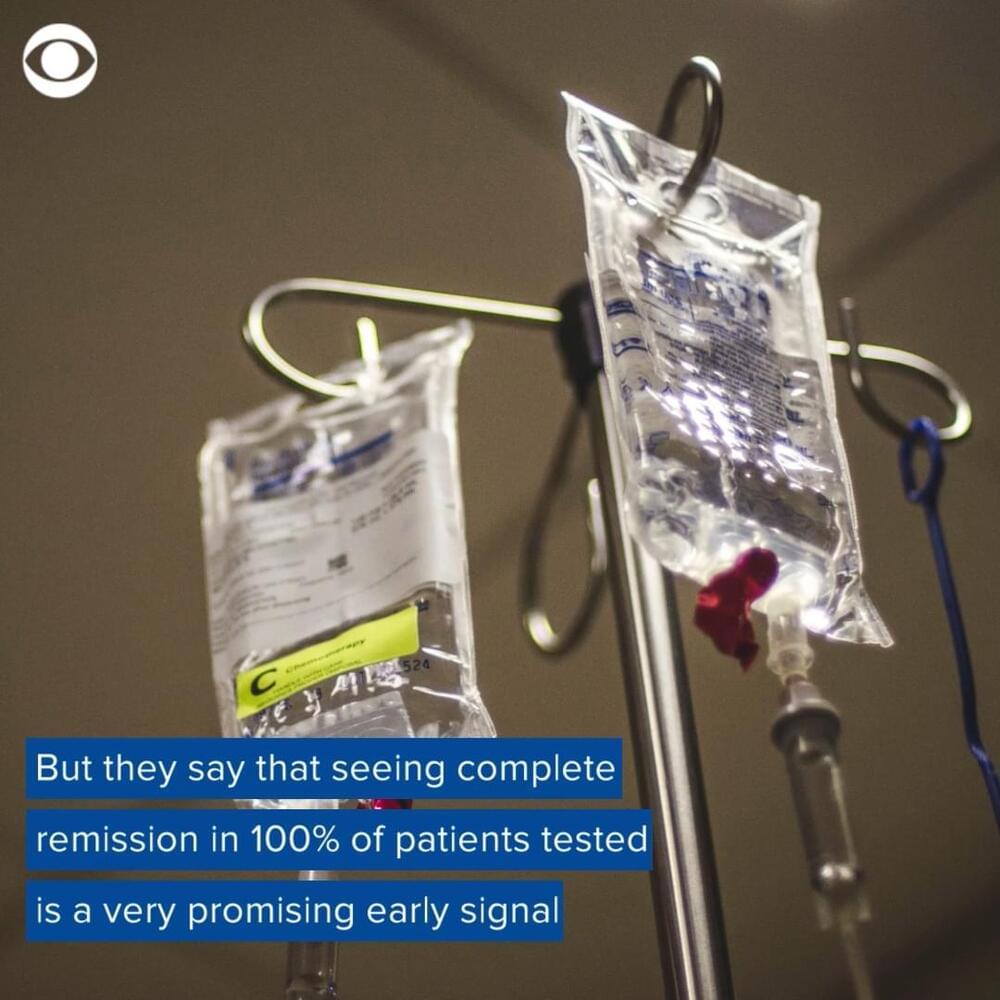
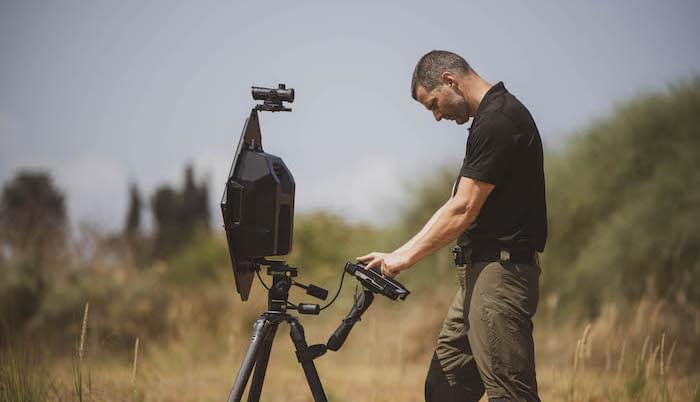
According the company, this innovative system enables the detection of live objects behind walls at a distance of more than 50 meters.
Camero-Tech, a member of the SK Group and an Israeli developer, producer, and marketer of pulse-based UWB micro-power radar ‘Through Wall Imaging’ systems, announced the launching of its groundbreaking XaverTM LR40 (XLR40) system, which detects live objects behind walls at distances of over 50 meters.

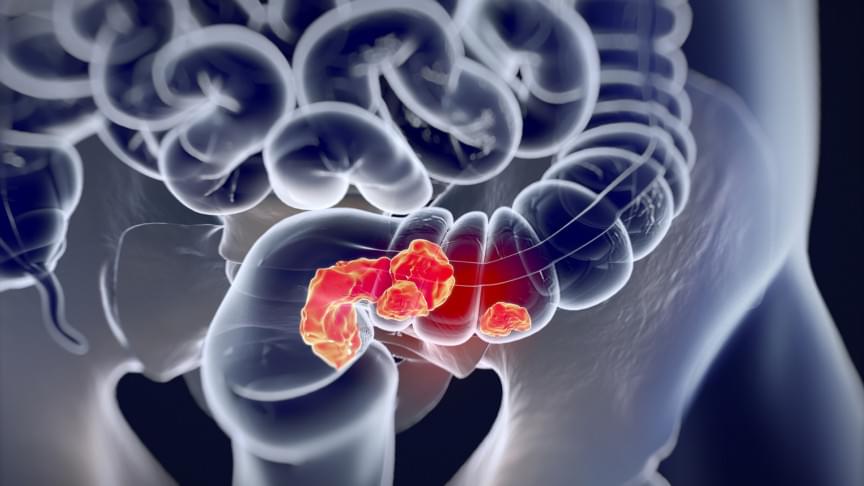
😃
In what appears to be a very promising breakthrough for the treatment of rectal cancer, a small drug trial conducted in the US found every patient treated in the experiment had their cancer successfully go into remission.
The medication given, called dostarlimab and sold under the brand name Jemperli, is an immunotherapy drug used in the treatment of endometrial cancer, but this was the first clinical investigation of whether it was also effective against rectal cancer tumors.
The early results reported so far suggest it is surprisingly effective, with the research team saying the successful cancer remission seen in every trial patient may be unprecedented for a cancer drug intervention.
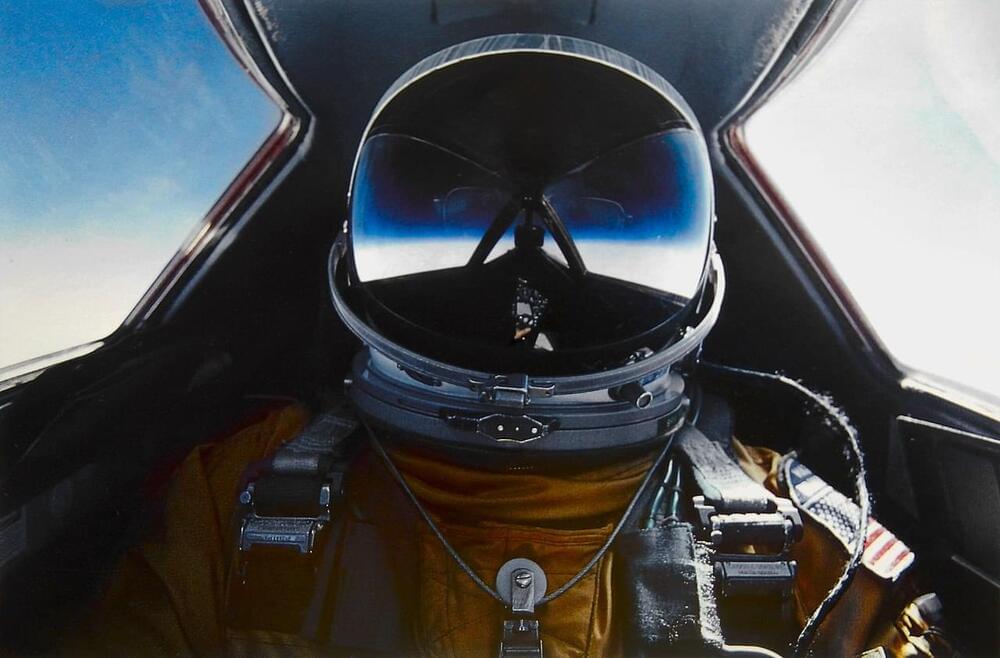
During the Cold War, there was a need for a new reconnaissance aircraft that could evade enemy radar, and the customer needed it fast. At Lockheed Martin’s advanced development group, the Skunk Works, work had already begun on an innovative aircraft to improve intelligence-gathering, one that would fly faster than any aircraft before or since, at greater altitude, and with a minimal radar cross section. The team rose to the nearly impossible challenge, and the aircraft took its first flight on Dec. 22, 1964. The legendary SR-71 Blackbird was born.
The first Blackbird accident that occurred that required the Pilot and the RSO to eject happened before the SR-71 was turned over to the Air Force. On Jan. 25, 1966 Lockheed test pilots Bill Weaver and Jim Zwayer were flying SR-71 Blackbird #952 at Mach 3.2, at 78,800 feet when a serious engine unstart and the subsequent “instantaneous loss of engine thrust” occurred.
The following story told by Weaver (available in Col. Richard H. Graham’s book SR-71 The Complete Illustrated History of THE BLACKBIRD The World’s Highest 0, Fastest Plane) is priceless in conveying the experience of departing a Blackbird at an altitude of fifteen miles and speed of Mach 3.2.
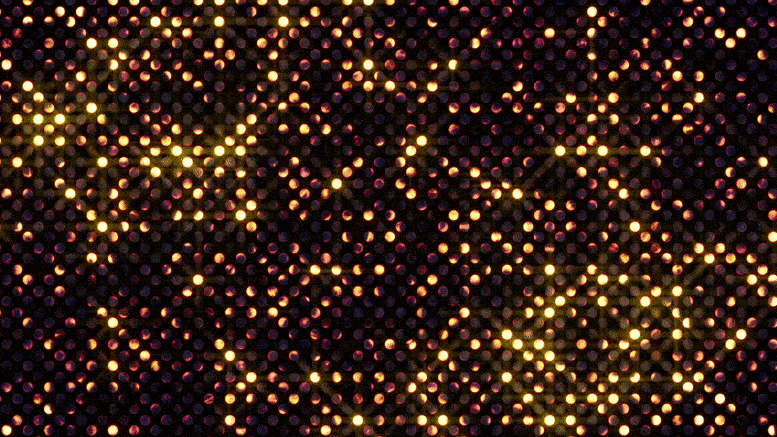
Researchers from Japan design a tunable physical reservoir device based on dielectric relaxation at an electrode-ionic liquid interface.
In the near future, more and more artificial intelligence processing will need to take place on the edge — close to the user and where the data is collected rather than on a distant computer server. This will require high-speed data processing with low power consumption. Physical reservoir computing is an attractive platform for this purpose, and a new breakthrough from scientists in Japan just made this much more flexible and practical.
Physical reservoir computing (PRC), which relies on the transient response of physical systems, is an attractive machine learning framework that can perform high-speed processing of time-series signals at low power. However, PRC systems have low tunability, limiting the signals it can process. Now, researchers from Japan present ionic liquids as an easily tunable physical reservoir device that can be optimized to process signals over a broad range of timescales by simply changing their viscosity.
